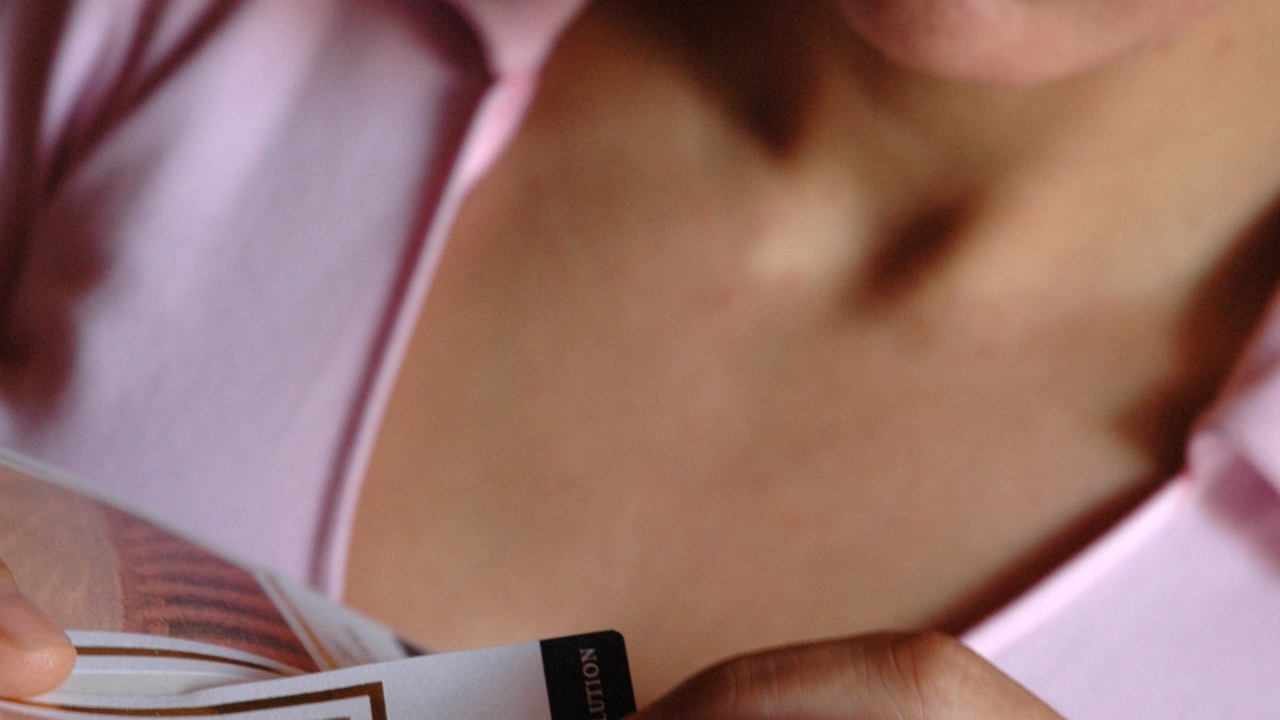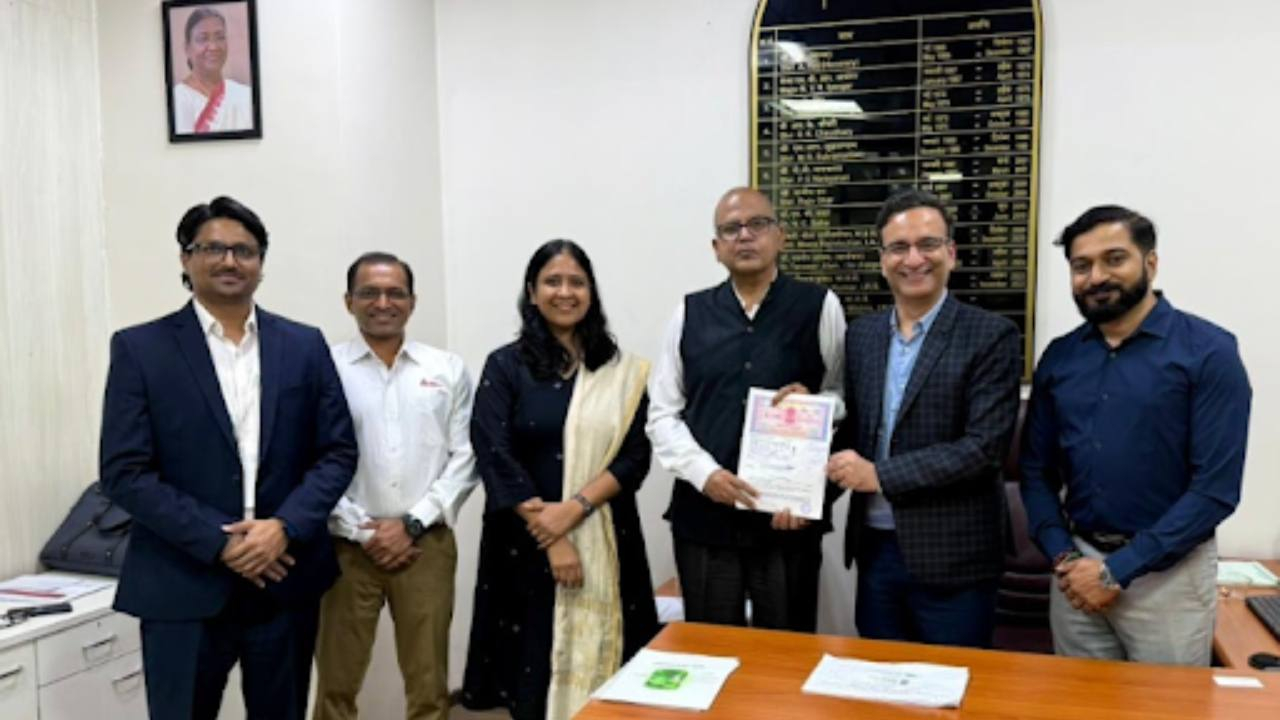US label demand to exceed US$19bn by 2017
Label demand in the US is projected to climb 4.2 percent annually from 2012 to reach a value of US$19.1 billion in 2017, according to new figures released by market research organization Freedonia.

Freedonia’s new Labels study predicts that pressure-sensitive labels will enjoy healthy advances over the period, but will face growing competition from alternative labeling methods for primary packaging, such as heat-shrink and stretch sleeve, and in-mold labels.
Heat-shrink labels will experience the fastest gains through 2017, with increases attributable to their ability to form-fit contoured containers and their strong visual appeal afforded by 360-degree graphics and maximum promotional area.
Glue-applied labels, despite their lower unit costs and speed of application, will face further loss of share due to competition from higher performing labels, especially in key markets such as beer and wine.
In numbers, sleeve, in-mold and pressure-sensitive label demand will record the highest annual growth rates, of 5.3, 4.8 and 4.4 percent, with a 2017 value of US$1.6 billion, US$360 million and US$14.7 billion respectively.
The overall annual growth in label demand of 4.2 percent will see the market climb from US$15.6 billion in 2012 to S$19.1 billion in 2017.
In terms of print process, flexography is the leading label printing technology due to its versatility, low cost and suitability for use in the pressure-sensitive segment, plus the growing sleeve label segment.
Digital printing will experience double-digit annual advances through 2017 as it continues to displace traditional methods such as lithography and flexography.
By substrate in the years to 2017, paper will continue to account for the majority of label stock due to its cost advantages and the ability to be coated for enhanced durability. The use of higher end materials – such as metallic and holographic papers – will also promote value growth.
Plastic stock will continue to capture share from paper in a broad range of label applications based on aesthetic and performance advantages, along with a shift in the overall packaging product mix toward plastics.
The popularity of the no-label look will also bode well for plastic labels, according to Freedonia, and by 2017 plastic will account for more than 30 percent of label demand in value terms.
Stay up to date
Subscribe to the free Label News newsletter and receive the latest content every week. We'll never share your email address.

